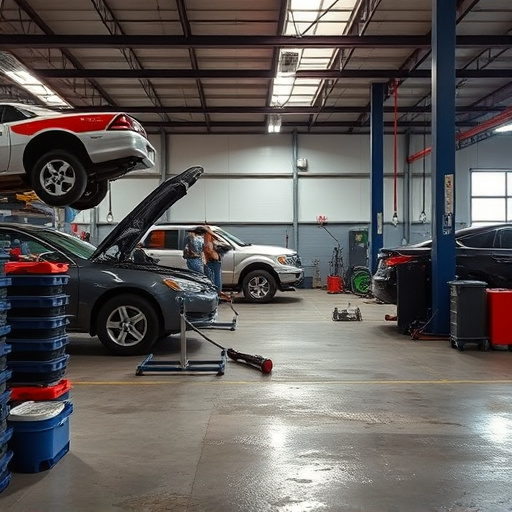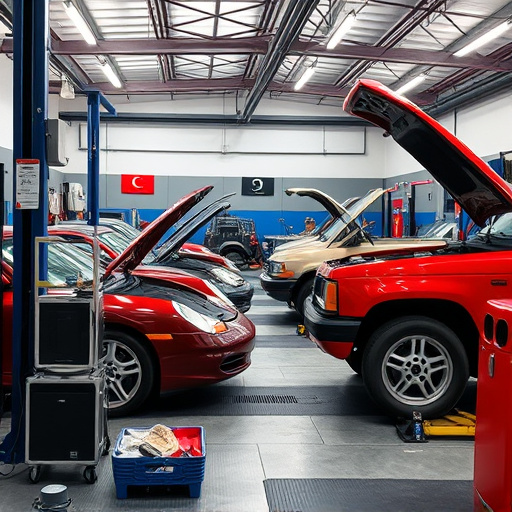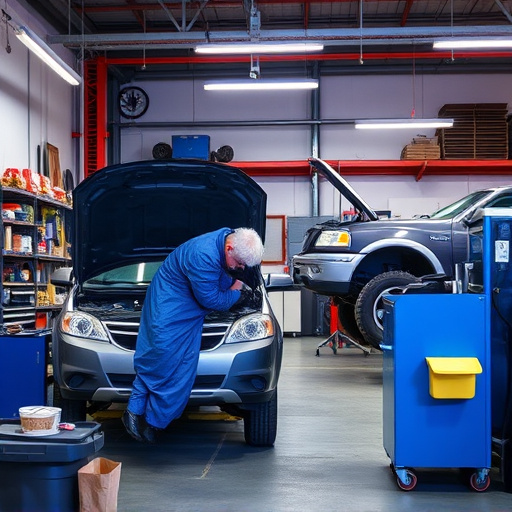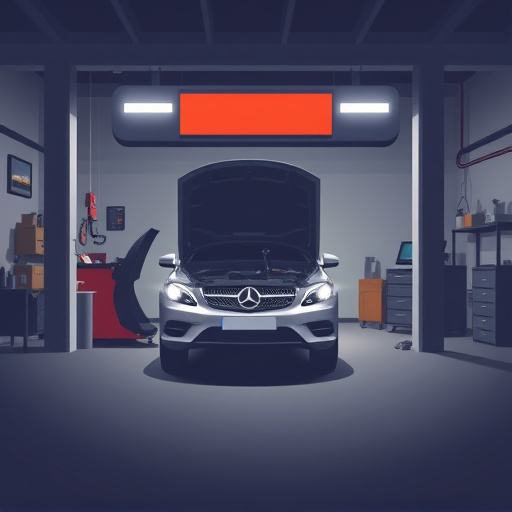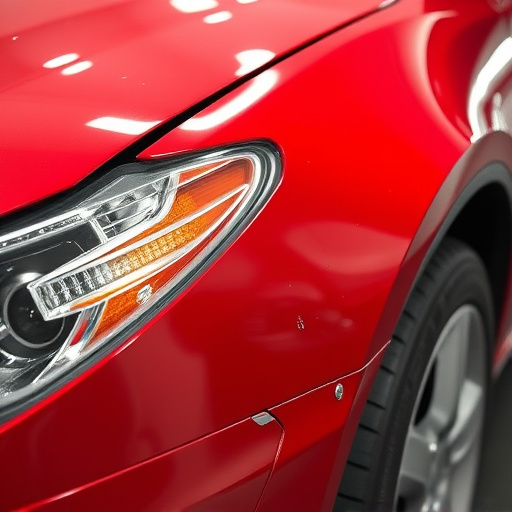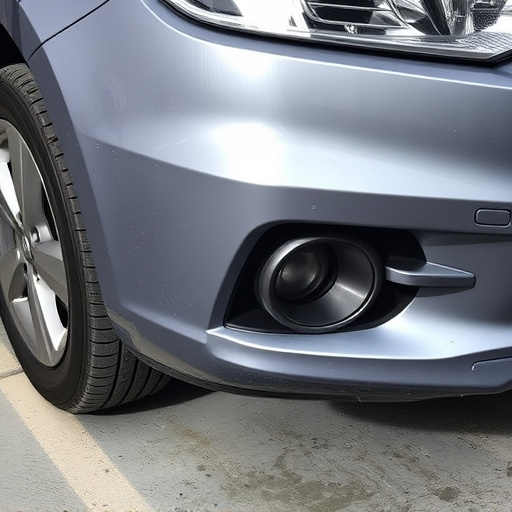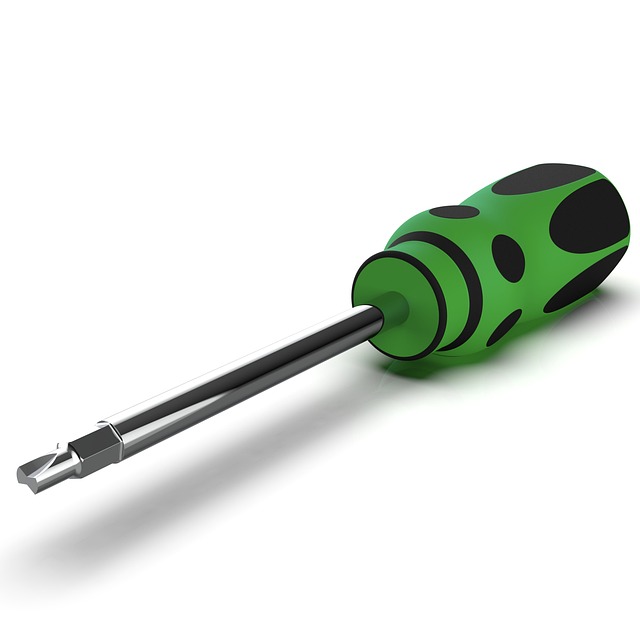OEM repair procedure access is vital for auto body shops, ensuring quality repairs that meet manufacturer standards. It guides technicians through frame straightening, painting, and bodywork, maintaining structural integrity and customer satisfaction. Shops lacking OEM access may signal subpar practices, making it crucial for customers seeking reliable services to prioritize facilities with such access.
In today’s complex manufacturing landscape, ensuring the quality and reliability of products is paramount. One critical aspect often overlooked is access to Original Equipment Manufacturer (OEM) repair procedures. This article delves into the intricacies of understanding OEM repair procedures and highlights signs indicating a lack of adequate access. We also offer strategic insights on how organizations can enhance product quality by adhering to these essential procedures, ultimately fostering customer satisfaction and trust in their products.
- Understanding OEM Repair Procedures: The Basics
- Signs of Lackluster Access to Repair Documentation
- Strategies for Ensuring Quality Through Proper Procedure Adherence
Understanding OEM Repair Procedures: The Basics
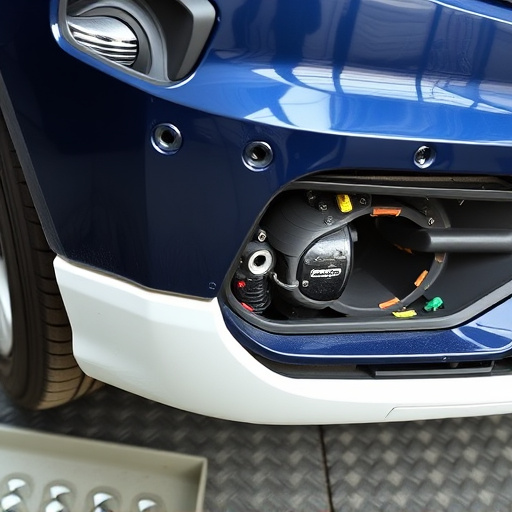
OEM (Original Equipment Manufacturer) repair procedures are a set of detailed guidelines that outline the step-by-step process for repairing or replacing specific components of a vehicle. These procedures ensure that repairs are carried out accurately and consistently, maintaining the safety and quality standards set by the manufacturer. Access to OEM repair procedure documentation is crucial for both professional mechanics and DIY enthusiasts, as it provides a blueprint for restoring vehicles to their original condition.
Having access to these procedures allows for accurate frame straightening, precise auto painting, and meticulous vehicle bodywork repairs. It ensures that every screw, gasket, and panel is correctly positioned, guaranteeing the longevity and structural integrity of the vehicle. By following OEM guidelines, repair shops can offer high-quality services that meet or exceed manufacturer specifications, ensuring customer satisfaction and safety on the road.
Signs of Lackluster Access to Repair Documentation
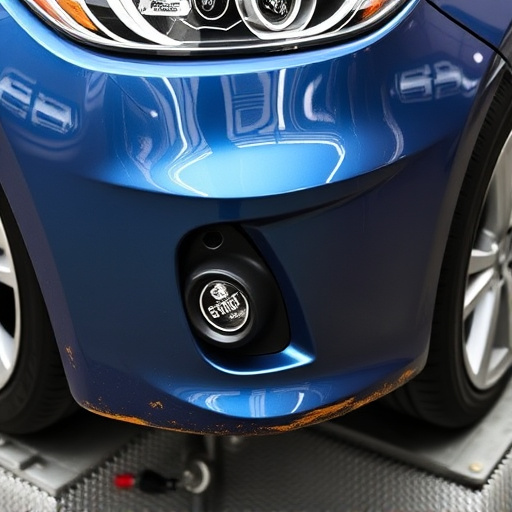
When evaluating the quality of a workshop or service center, one of the critical indicators is their access to OEM (Original Equipment Manufacturer) repair procedures and documentation. A lack of proper access to these resources can signal a red flag for customers, especially those seeking specialized services like auto body repair, bumper repair, or vehicle dent repair. Skilled technicians rely on OEM guidelines to ensure accurate and safe repairs, adhering to the manufacturer’s standards.
If a facility struggles to provide detailed OEM repair procedure access, it may indicate subpar practices. This could mean limited training for staff, inadequate resources, or even a lack of commitment to delivering high-quality services. For instance, in the event of a complex bumper repair, an OEM guide would offer step-by-step instructions, ensuring the replacement is precise and aligns with the vehicle’s design intent. Without such access, customers might face suboptimal outcomes or repairs that don’t meet manufacturer recommendations.
Strategies for Ensuring Quality Through Proper Procedure Adherence
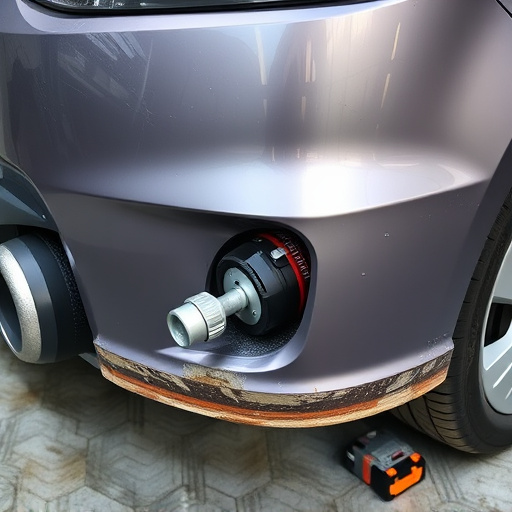
Ensuring quality in any industry is paramount, especially when it comes to complex tasks like auto repairs and classic car restorations. One of the cornerstones of quality control is adherence to proper procedures, particularly Original Equipment Manufacturer (OEM) repair procedures. These detailed step-by-step guides ensure that every aspect of the repair process is carried out with precision and consistency, adhering to the vehicle’s original design specifications.
By following OEM repair procedure access, auto repair shops can maintain high standards across their services, from diagnostics to assembly. This methodical approach not only guarantees better performance and longevity of repaired vehicles but also fosters customer trust. For those seeking reliable automotive repair services or classic car restoration, finding a shop that prioritizes and follows these stringent procedures is essential. It’s the key to ensuring your vehicle receives the expert care it deserves, regardless of whether you’re considering a local auto repair near me or a specialized classic car restoration service.
In conclusion, recognizing low-quality work stemming from a lack of access to proper OEM repair procedures is essential for maintaining product integrity and customer satisfaction. By understanding the basics of these procedures and implementing strategies to ensure their adherence, businesses can significantly enhance overall quality control. Staying vigilant against lackluster documentation access enables proactive measures to safeguard both product functionality and consumer trust.
